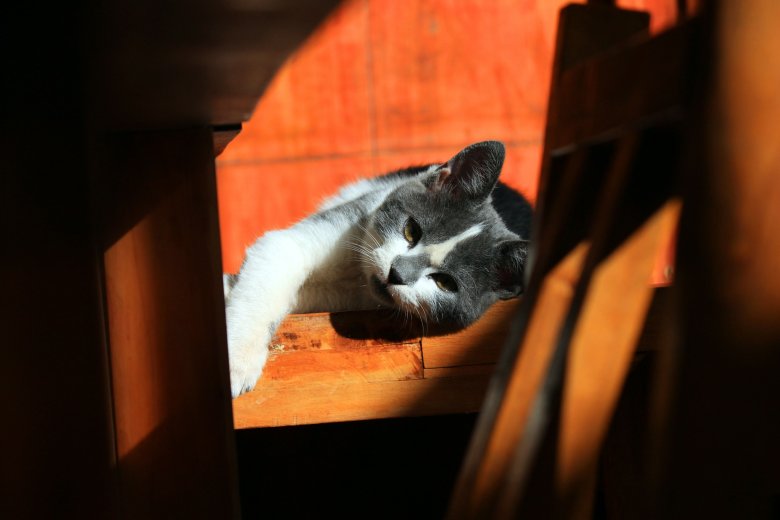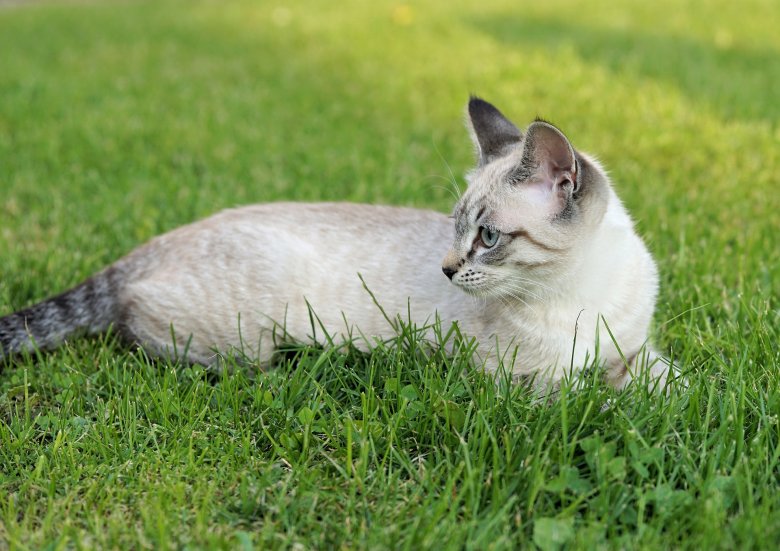- December 16, 2025

Castration and sterilisation are the most common procedures that cats are subjected to. They are the most popular and most often recommended to owners of these pets. The first procedure, called castration, is performed on cat males, the second on females. They bring with them the benefits that the owners expect. However, their achievement is associated with the need to keep the animal in proper condition, by surrounding it with appropriate care. This care is connected with proper nutrition and care procedures.
There are several reasons for this. Sterilized females are less susceptible to cancer of the mammary gland and less likely to have uterine infections. In addition, they stop meowing characteristic of the time of heat. On the other hand, after castration the male does not feel a desire to meaning his territory with urine, the smell of which is very unpleasant and intense.
Both neutering and sterilisation are associated with hormonal changes in the animal's body. They have an influence on the slowdown of metabolism, hence the need to change the diet. Special foods are available for cats after castration and sterilization. Change of diet is necessary especially in the first two months after the procedure. These procedures also increase the risk of animals' susceptibility to urinary tract infections. Urolithiasis may appear. This is directly influenced by a change in the degree of acidification of urine. Crystal forming ions and factors that inhibit their formation, such as magnesium or vitamin B6, appear in it. What is more, the treatment also affects the sluggishness of animals, especially obese ones. They are less mobile, come to the bowl with water less often, which results in less urination and consequently the formation of stones.
The way to quickly return the animal to shape after the treatment is to feed it a special food. This will help to keep its weight normal and prevent the formation of stones in urine. A higher tendency to obesity is observed in females, because it is in them that the risk of accumulation of fatty tissue is higher. Obesity, on the other hand, can lead to more serious diseases. When choosing food, it is worth paying attention to the age of the cat that has undergone the treatment. Older cat food will certainly not meet the nutritional needs of young cats and vice versa.

Due to the ever lower age of cats undergoing the treatment, it is worth to get the right food. Such a product is certainly Second Age Kitten Sterilised. Designed for animals aged 6-12 months. The food 100% meets the nutritional requirements for cats after castration and sterilization. For mature cats, Sterylised 7+ or Sterylised 12 will ensure a rapid recovery. Cats' consumption of Sterylised 7+ or Sterylised 12 will give them the strength and vitality they need. These products contain anti-aging ingredients such as vitamin C and E, lutein and taurine. Composition with reduced phosphate content will not additionally burden the kidneys and delay their occurrence. The addition of vitamins A, B and D, on the other hand, will have a positive effect on the coat's appearance.
Proper feeding of your cat after neutering or sterilization should be aimed primarily at preventing her from becoming obese. Because of the lifestyle of cats, getting rid of excess weight is a difficult task. It is worth taking care to ensure that the dietary ration does not exceed the recommended standards. Care should be taken to ensure that the animal is able to move properly through games that require movement. Feeding your cat should have a reduced calorific value, but must not lead to a loss of muscle mass. This can lead to too low a protein content in the diet. Irregularities in the energy supply balance can have a negative impact on the right weight. Sterylised 37 reduces calorie intake by up to a dozen or so percent. Contains L-carnitine, which makes use of the body's fat reserves. What can we do to help your cat maintain her weight and condition? First of all:
- Let us control its weight;
- Let's share fresh water;
- portion and dose food accordingly;
- seek advice from a nutrition counsellor if necessary;
- Any changes leading to weight loss should be discussed with your veterinarian.